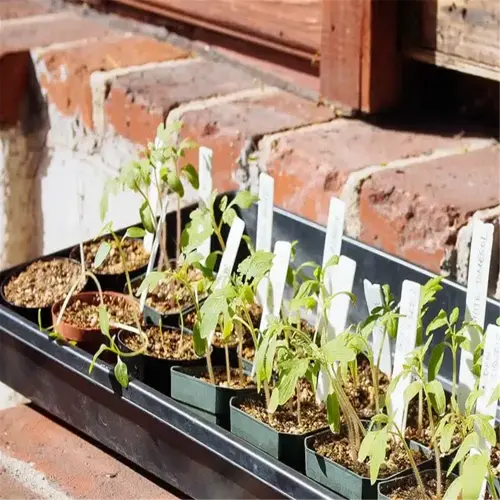Can aggressive herbs share pots?

Written by
Michael Sullivan
Reviewed by
Prof. Samuel Fitzgerald, Ph.D.Invasive herbs such as mint and lemon balm can outcompete nearby plants through rapid root growth and allelopathy; I planted mint with parsley once, and in less than a month, the mint roots had smothered the parsley's roots. I quickly learned that if I wanted to grow mint, I needed to isolate it.
Root Systems
- Mint spreads via underground runners (rhizomes)
- Lemon balm roots secrete growth-inhibiting chemicals
- Chokes nearby plants' nutrient uptake
Aboveground Traits
- Fast vertical growth shades smaller herbs
- Leaves release allelopathic compounds into soil
- Outcompetes for water and light
You can restrict aggressive herb growth by placing the herb in submerged pots with drainage holes. To do this, sink a nursery pot into a larger container for decorative purposes. This will prevent the invasive rhizomes from escaping. I do this with lemon balm and change the soil every year to avoid root-binding. I also just keep cutting them back to avoid them getting out of control.
Physical Barriers
- Line pots with copper tape to deter rhizomes
- Use fabric root bags inside containers
- Elevate pots to isolate drainage runoff
Maintenance Routines
- Prune roots every 6 months
- Harvest 1/3 of foliage weekly to slow growth
- Replace top 2 inches of soil quarterly
Try vertical gardening with your aggressive herbs! Wall-mounted planters can help you keep mint in check while adding a layer of dimension to movement on your walls and keeping your garden greens in sight. In my kitchen, I have at least three types of mint growing on one wall host, each in its pocket, removed from the others, so there is no cross-contamination of flavors. Note that growing mint this way utilizes space advantageously without losing herb diversity or flavor!
Read the full article: Growing Herbs Indoors: The Ultimate Beginner's Guide

